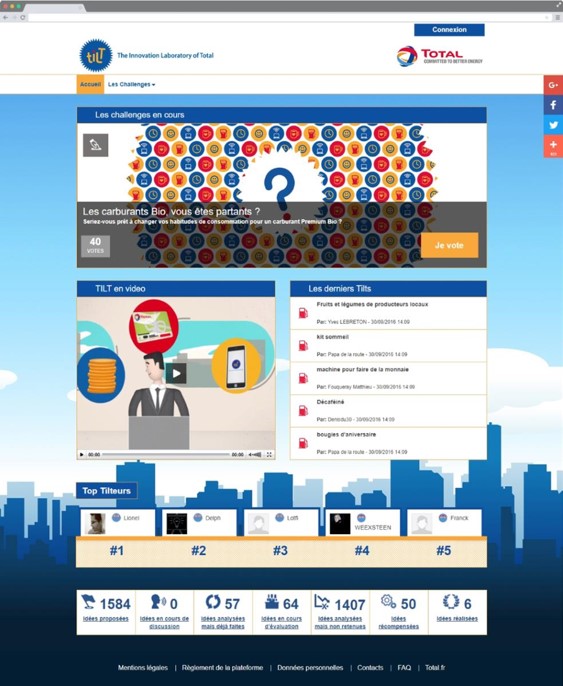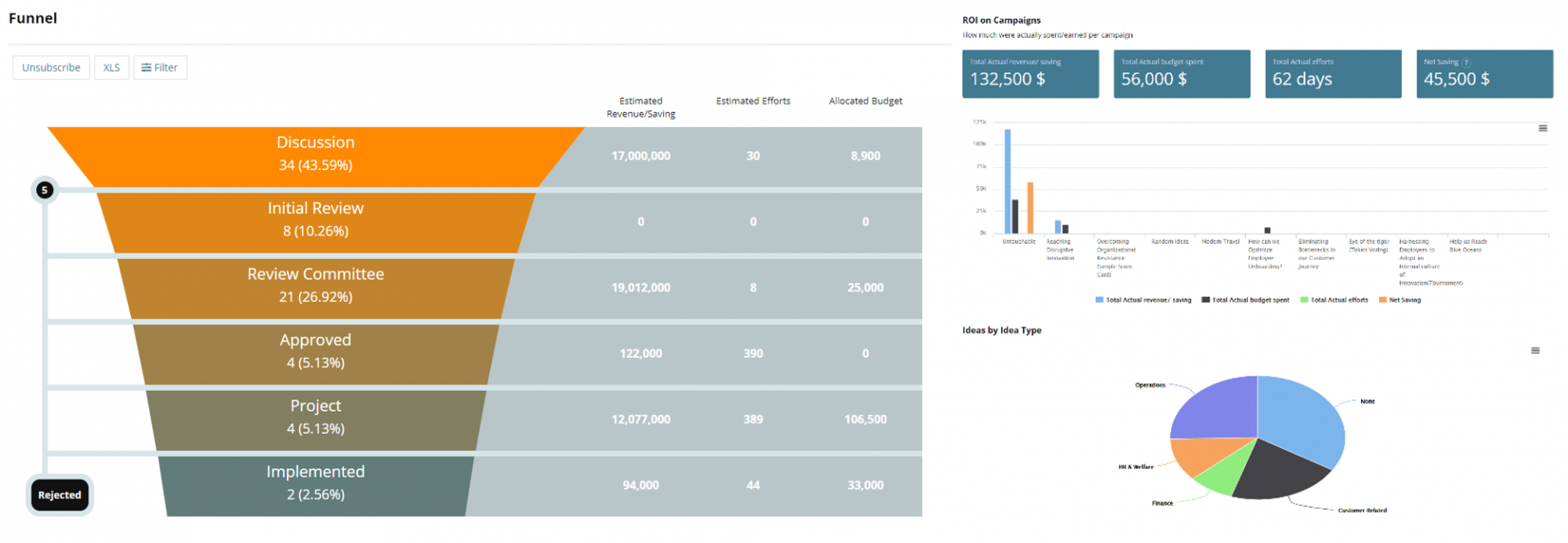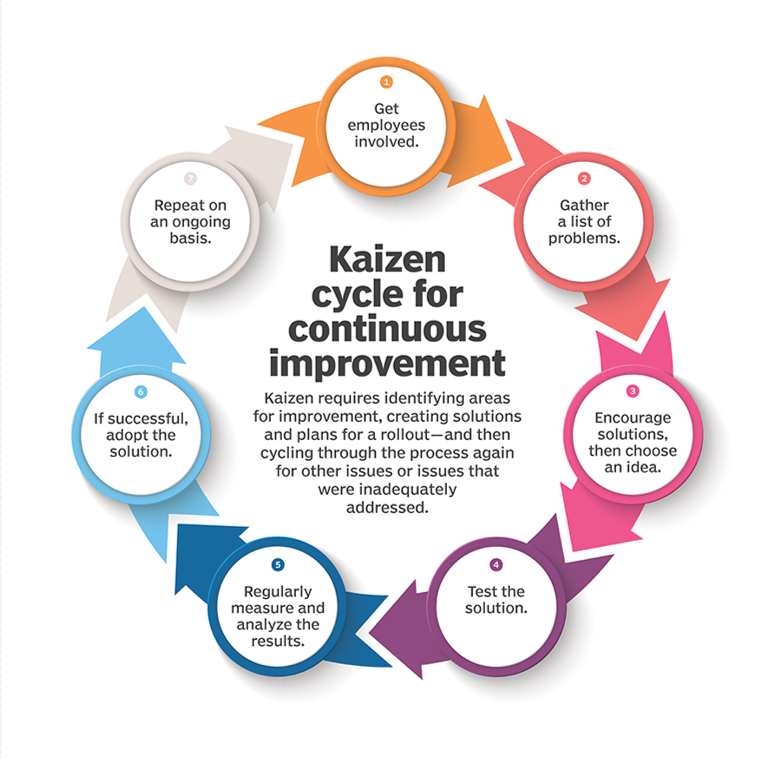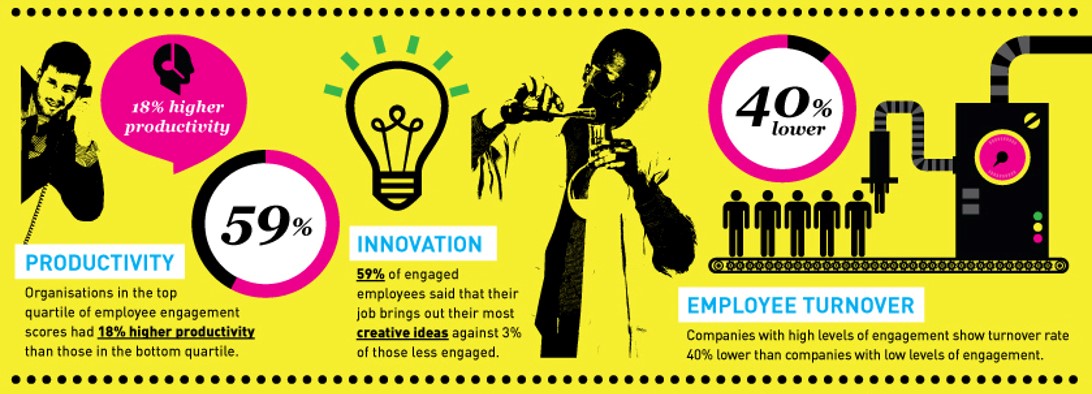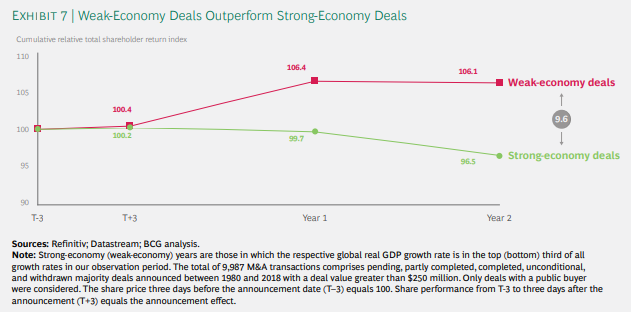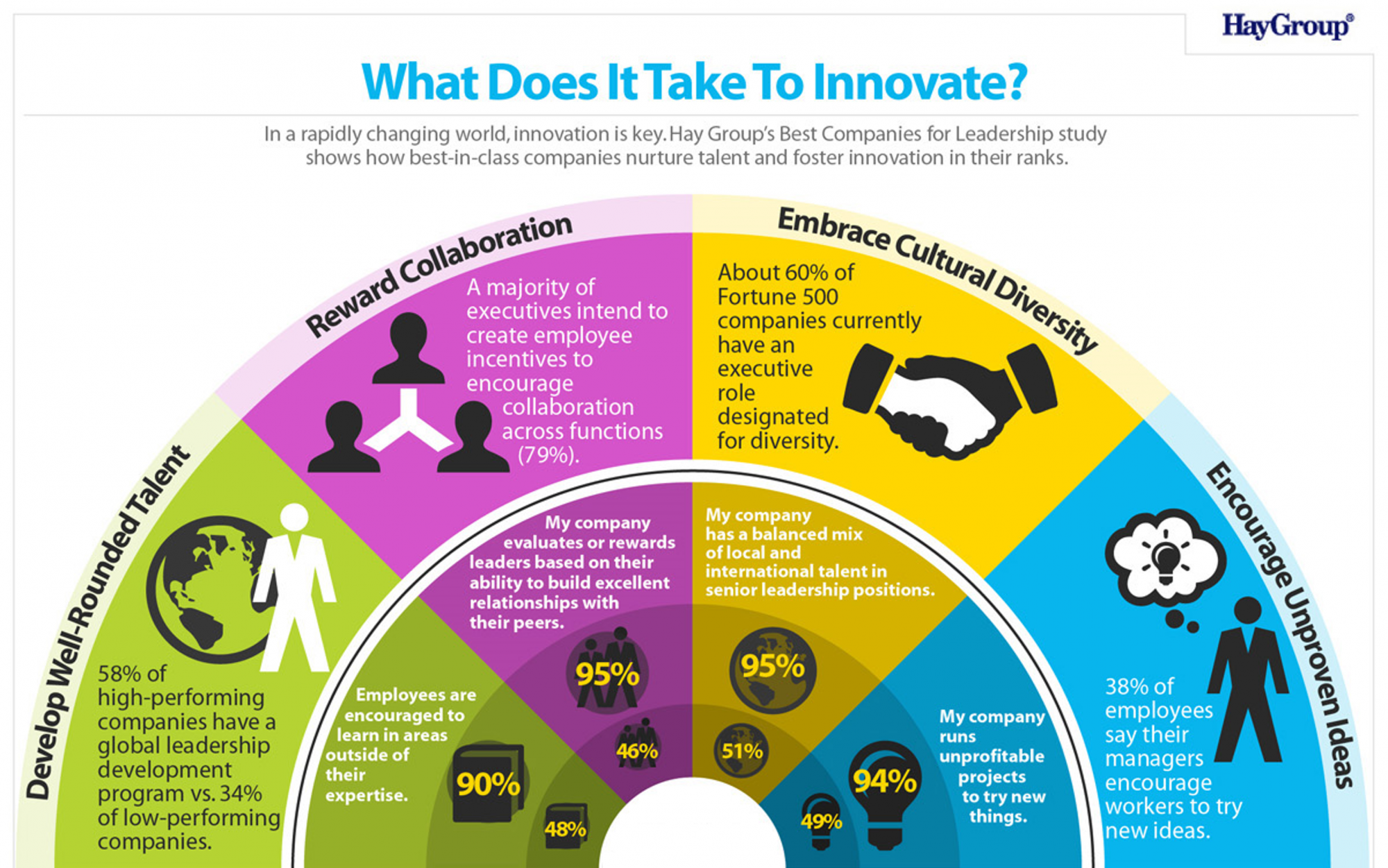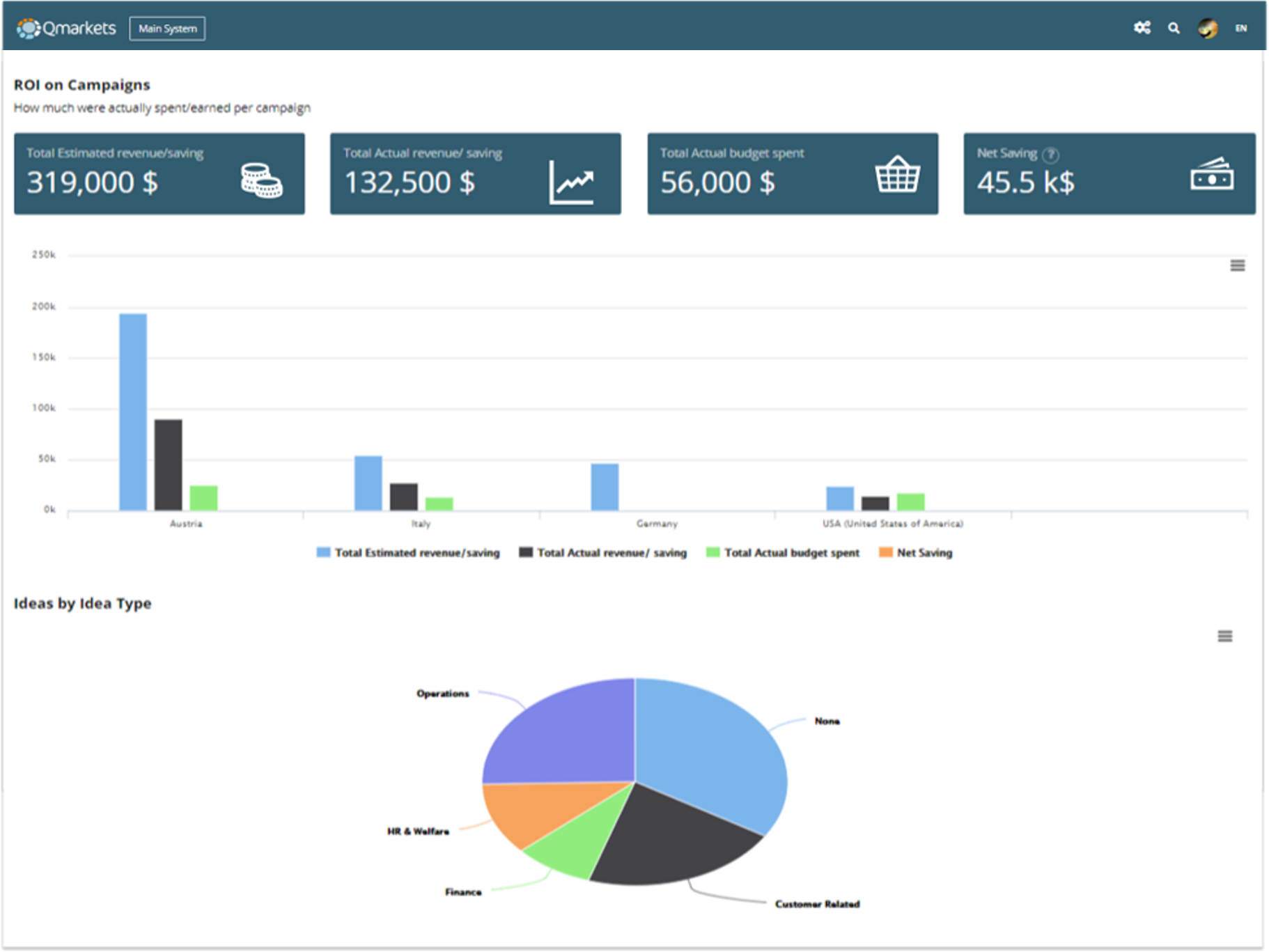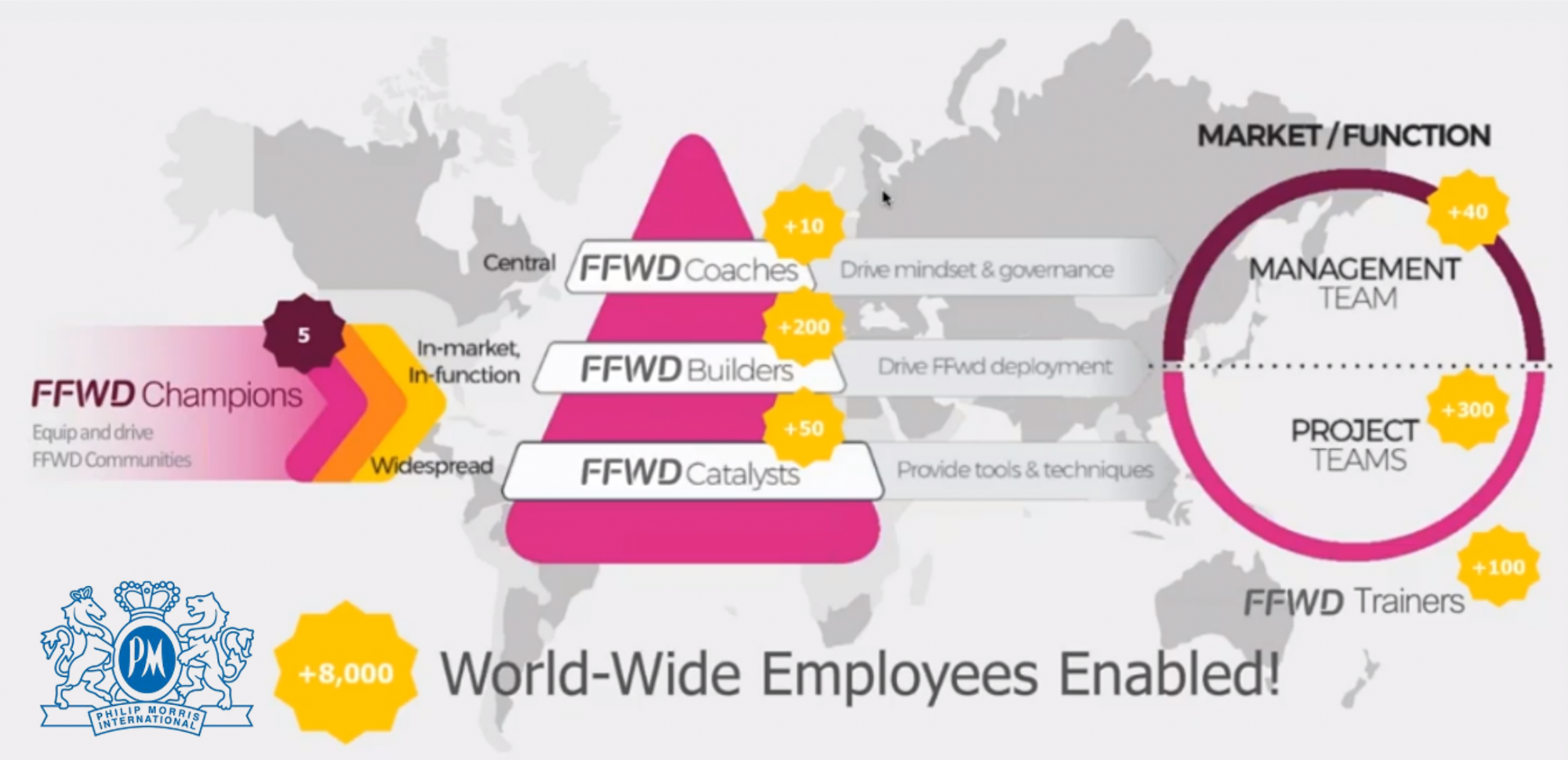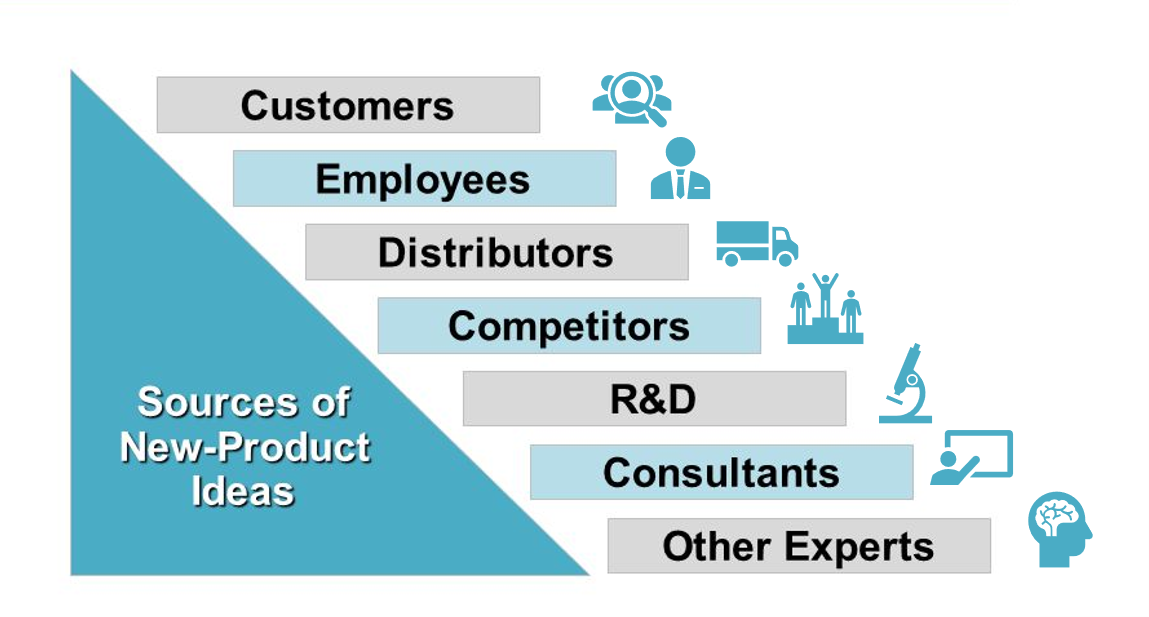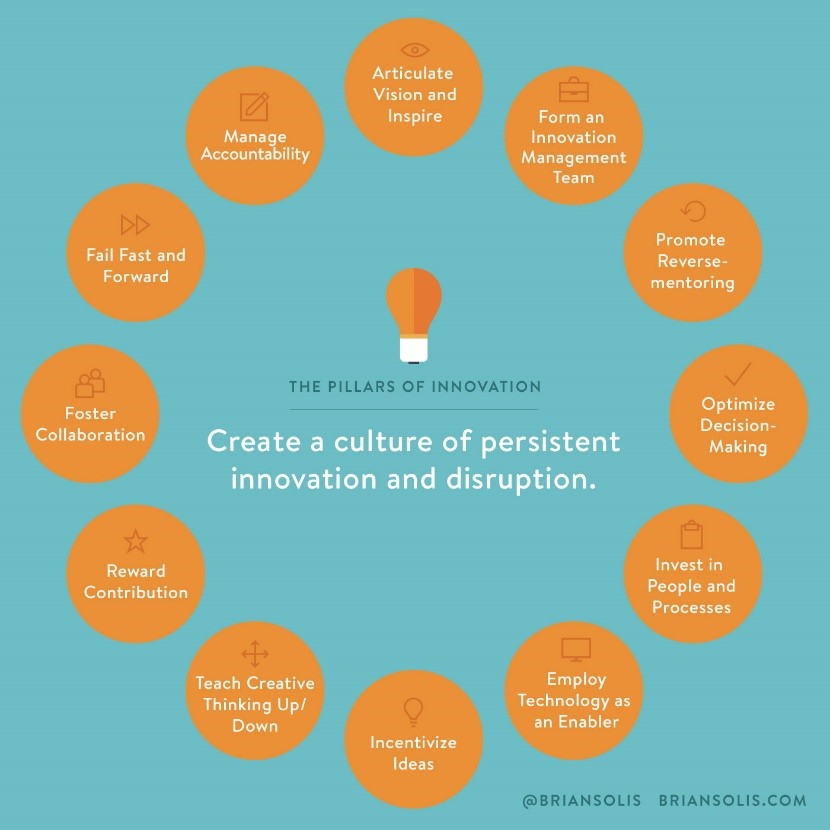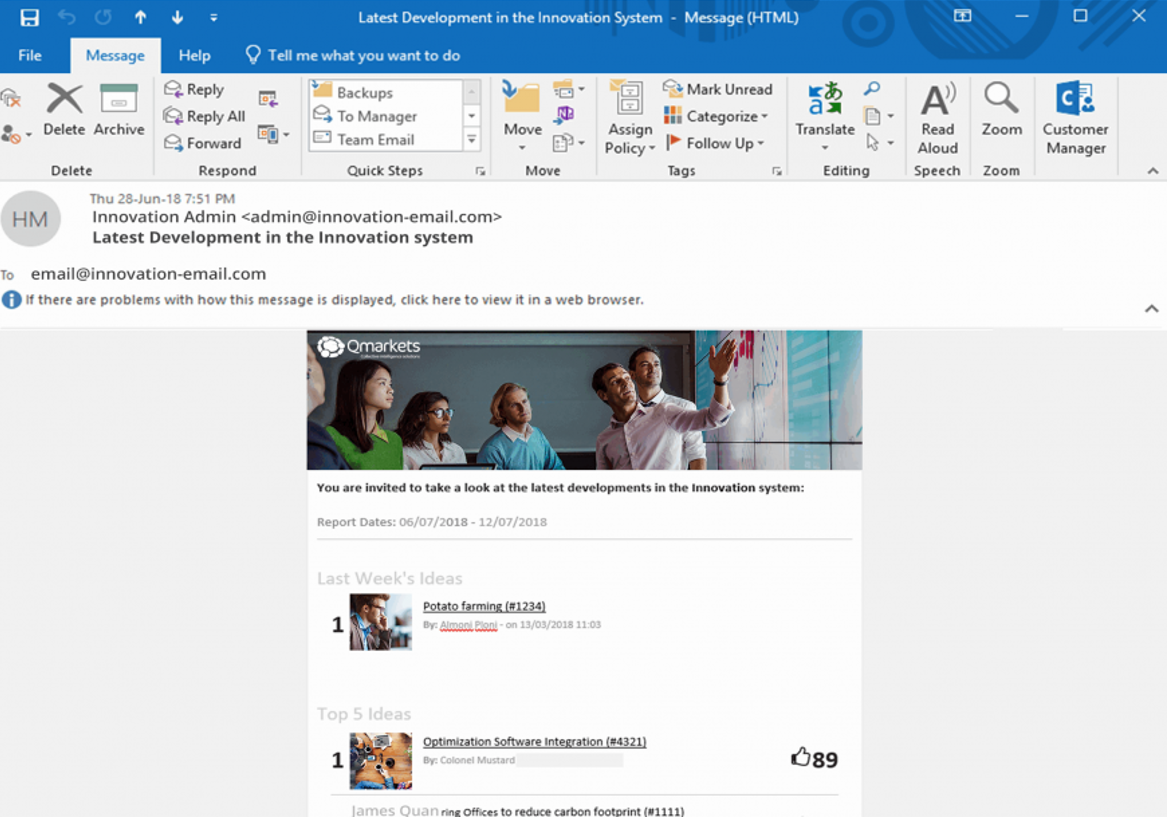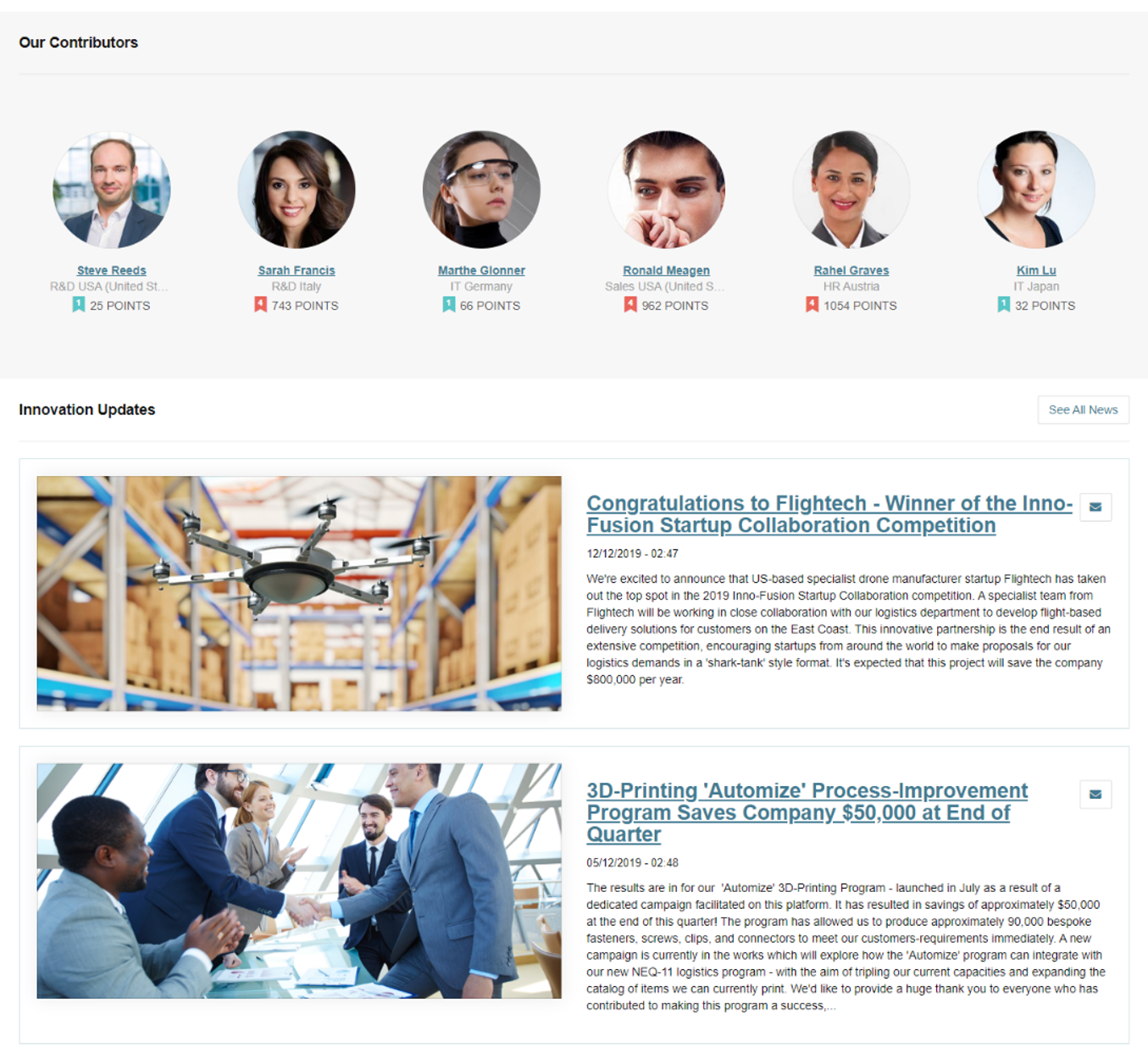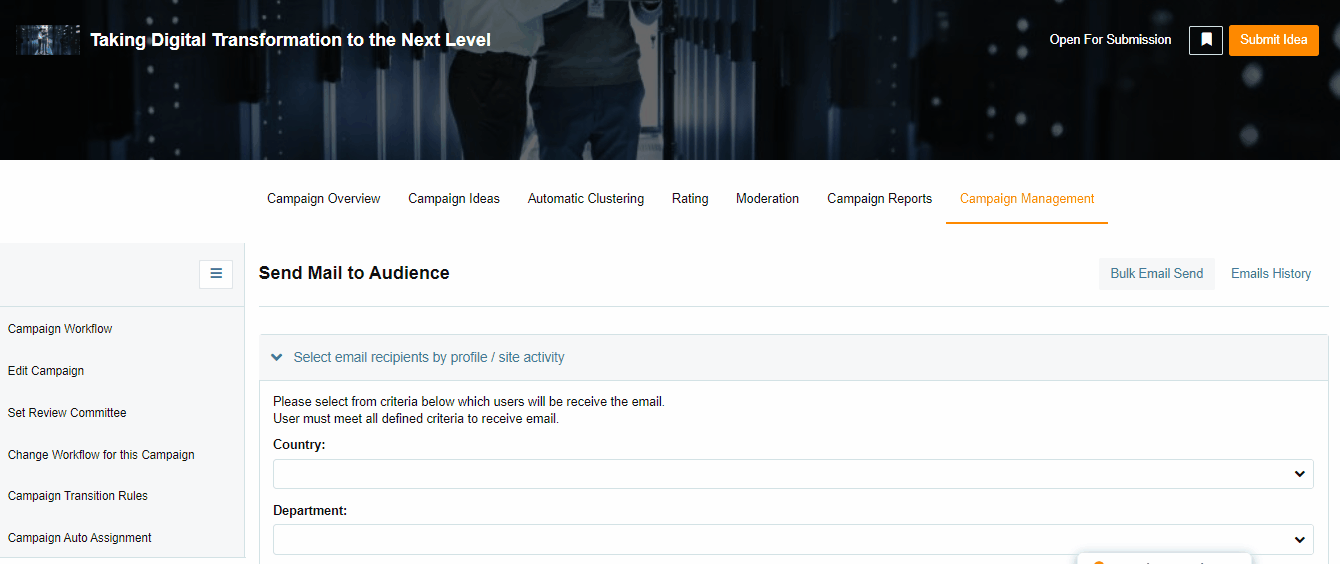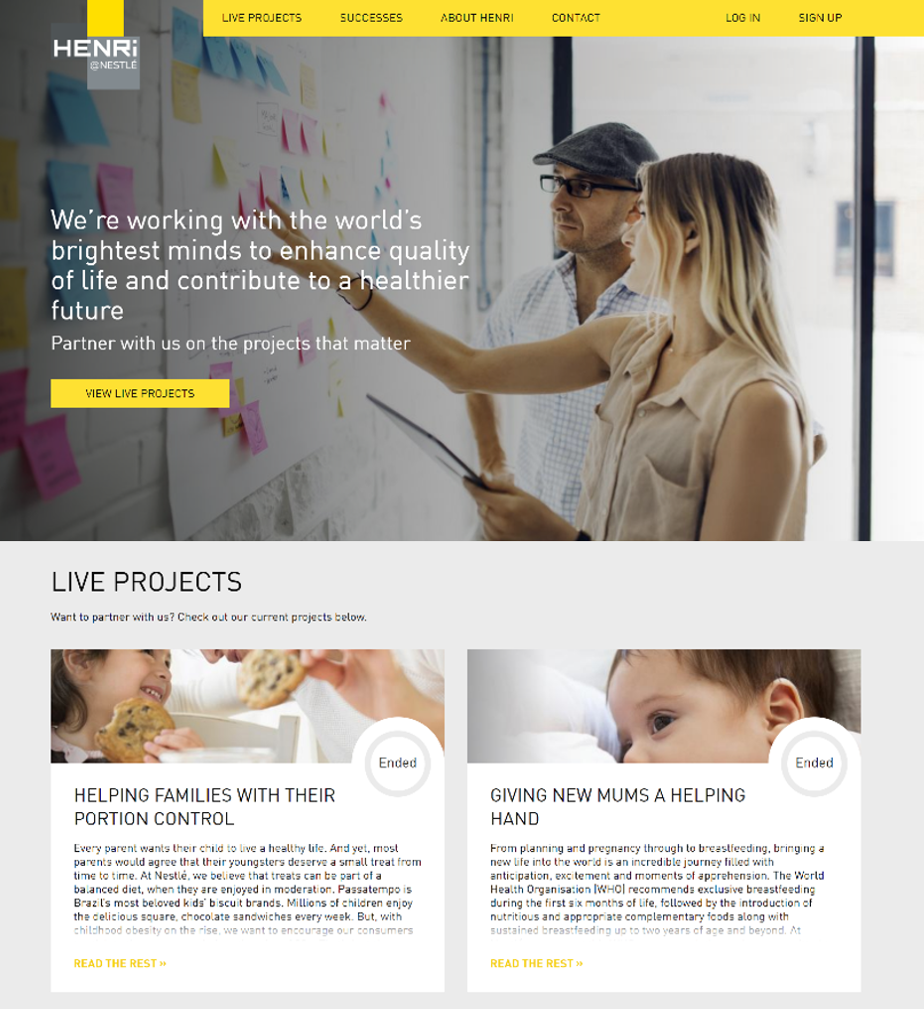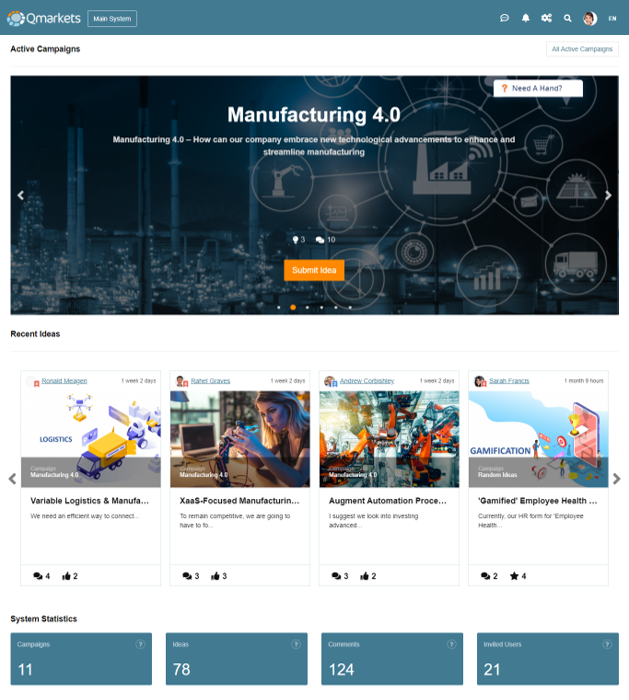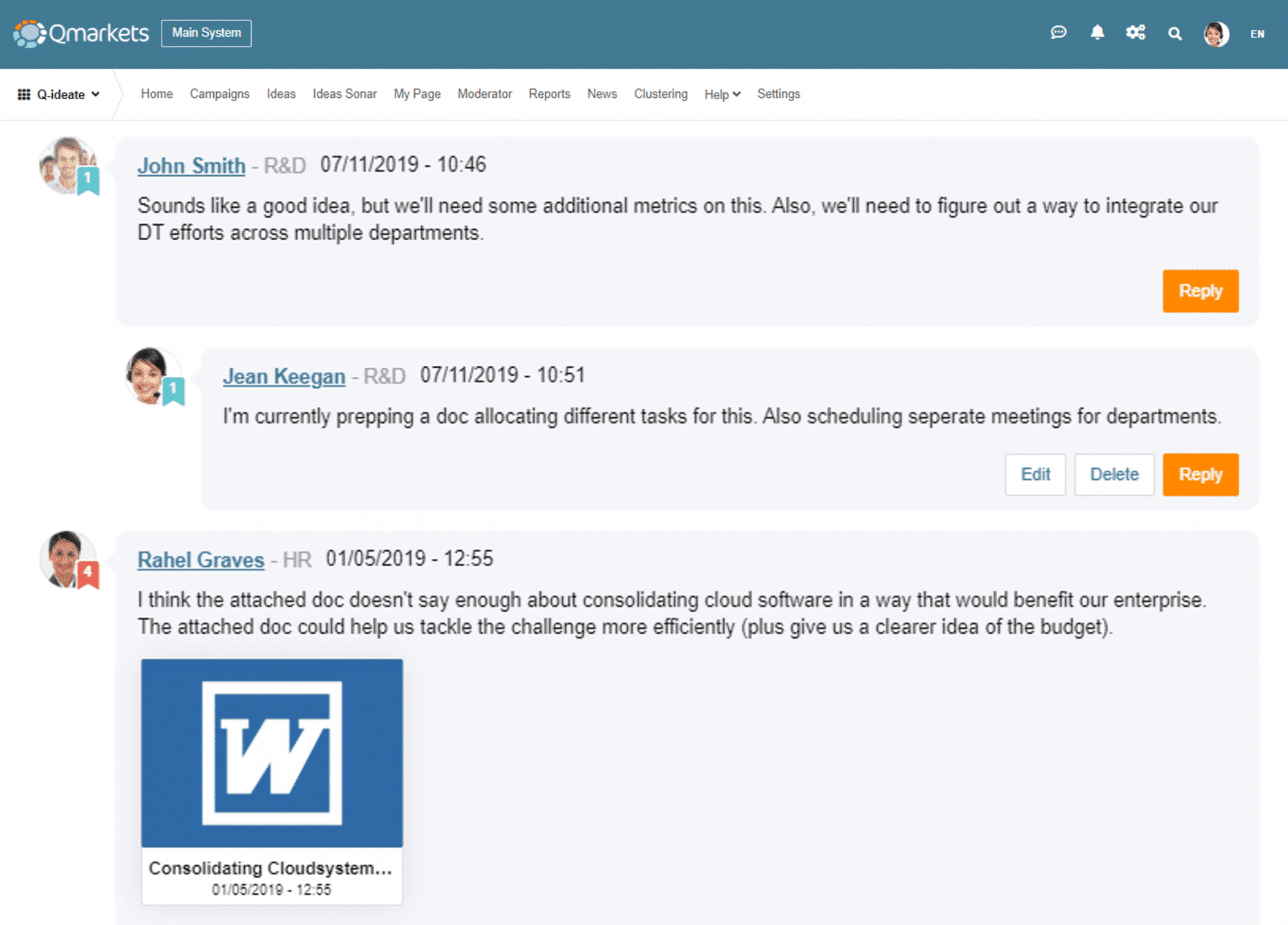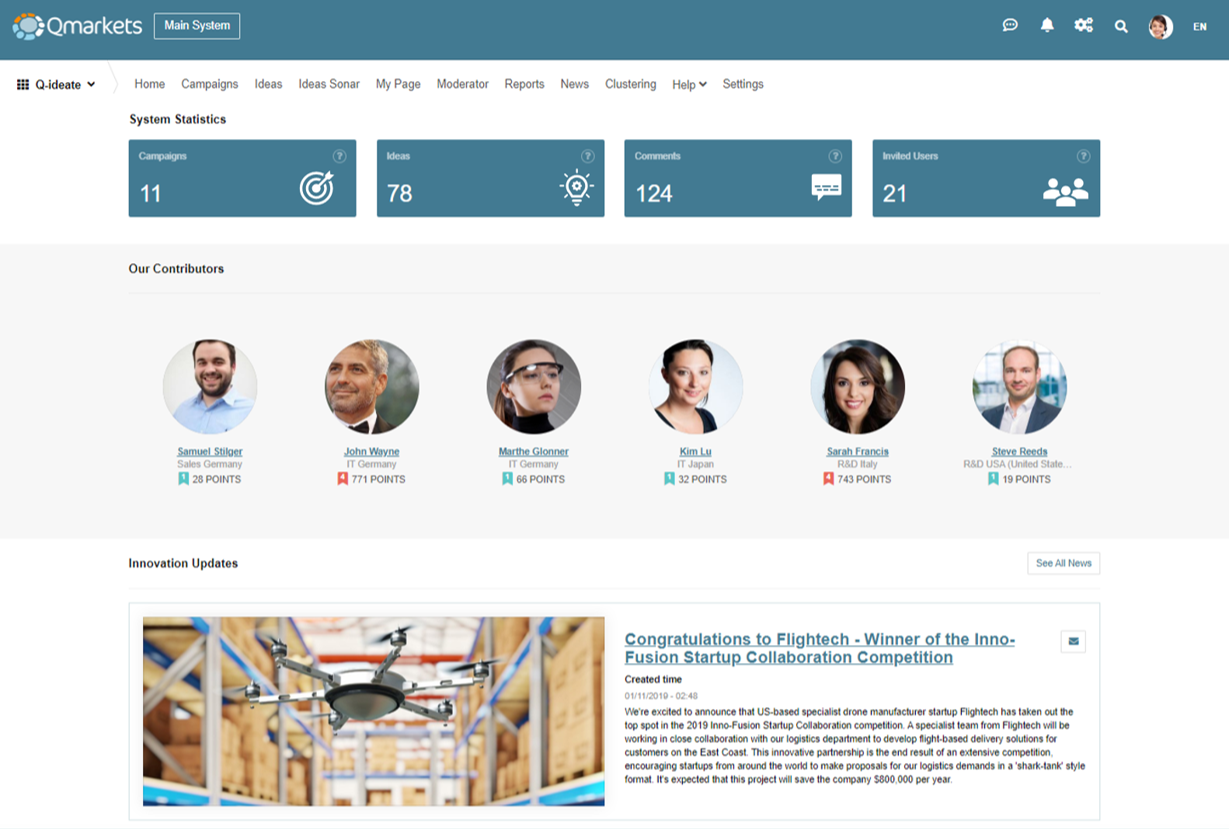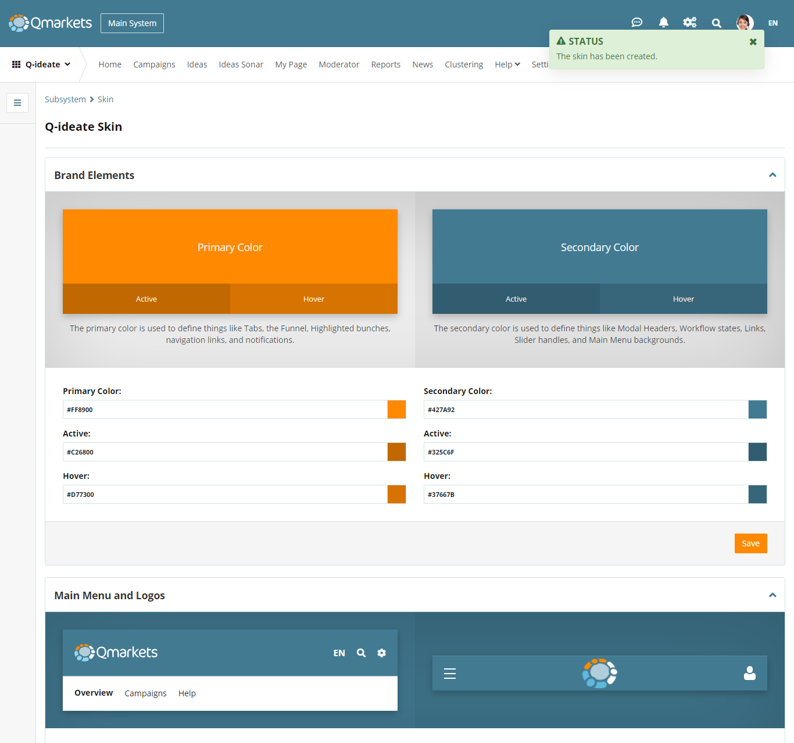Looking to inject ideation into your company’s innovation process, but not sure where to start? This is the blog you’ve been searching for…
As French author Victor Hugo famously wrote, “Nothing is more powerful than an idea whose time has come.” These words ring especially true in the business world, where a single idea can mean the difference between success and failure.
However the process of utilizing ideas – often referred to as ideation – poses a variety of different challenges. While some companies struggle to generate ideas at all, others generate so many that they struggle to select the right ones to implement. Developing your ideas to the point that they become realistic for implementation is another issue altogether.
The good news, is that there are a variety of specialized tools and techniques that can help you overcome these specific challenges. Choosing the right one for your company can be difficult, but the details of this post should make that decision much more easy…
Why Innovation Should Never be Pre-Packaged
We should mention from the outset that there is no ‘one size fits all’ approach when it comes to innovation. Each of the methods that we cover can be leveraged on their own to great effect, regardless of how sophisticated your innovation set up is. Many companies fall victim to the myth that innovation is all about large-scale projects – requiring a substantial amount of time, resources, and risk taking. Therefore, because they find the prospect so daunting, they fail to innovate at all – which can, in fact, be far riskier. As we’ll see, no matter how much or how little you want to invest in innovation, there are always practical solutions that are readily available.
It should be noted that regardless of what strategies or tools you leverage to foster innovation at your business, they should target as many employees as possible. The collective intelligence of your employees is a treasure trove of growth-driving potential.
5 Popular Corporate Innovation Tools and Tactics
Level 1: Emails and Basic Office Tools
So you’ve decided that you want to start gathering ideas from your employees to help you fight back against your competitors – great, but where to start? Fortunately, you could simply send them an email asking for ideas or insights. When the ideas start coming through, you can then place them in a spreadsheet and categorize them by whatever criteria you see fit. This is the first phase towards unlocking the innovation potential of your employees. It can also be set up in a matter of minutes.
However, the limitations of this rudimentary approach will soon become very clear. If you have more than a 100 or so employees, the amount of ideas you receive will quickly become unmanageable.
When it comes to initiating a structure in which these ideas can be developed, tracked, and brought to life, basic office tools are wholly inadequate. What’s more, these tools won’t enable you to gather key metrics needed to assess the ROI an innovation initiative has gained.
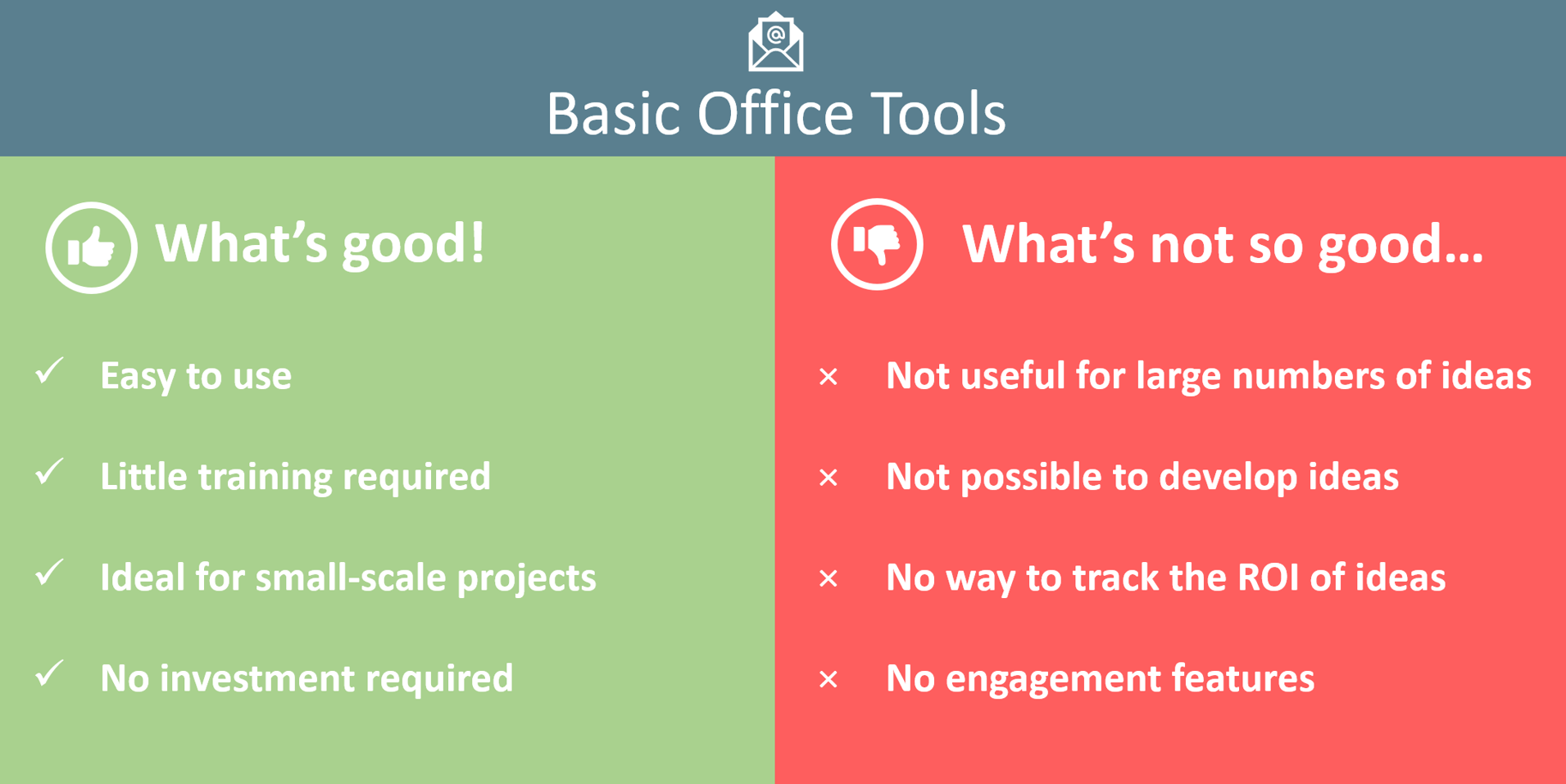
Level 2: Social Collaboration Tools
If you want to take your corporate innovation efforts a step beyond the basic necessities, enterprise social tools can be a great place to start. Popular platforms like Jive, Yammer, and Workplace from Facebook can help you create dynamic environments where collaboration can take place.
Here are a few of the benefits these social collaboration tools offer:
- Streamlined Brainstorming: Enterprise social platforms make it easy to create dedicated groups where authorized users can take part in brainstorming sessions.
- Employee Approval Polls: Some networking tools enable admins to set up opinion polls. These can be used to gain an overview of which proposed innovation initiatives will gain the most employee support – eliminating an element of uncertainty and risk.
- Ways to Collect Groundbreaking ‘Random’ Ideas: Often times, the most groundbreaking ideas can emerge spontaneously from places you’d least expect. Enterprise social tools can provide a space where employees can submit feedback whenever they like, on whatever topic they like.
Although enterprise social networking tools are useful for soliciting general suggestions and feedback, they don’t offer a way to transform ‘raw’ ideas into new projects, products, and services.
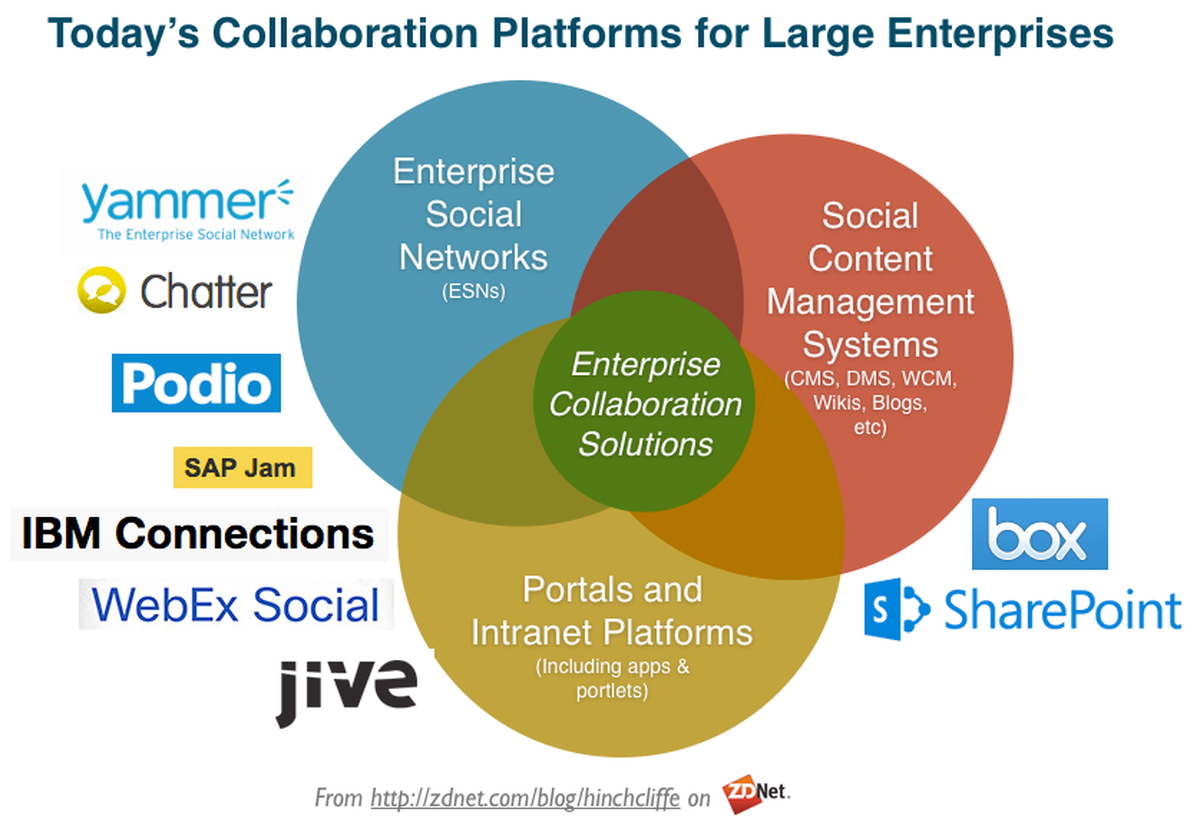
A wide range of collaboration platforms can be used to facilitate ideation and communication for innovation projects.
What’s more, while networking tools are handy for promoting internal collaboration, they aren’t at all suited for open innovation projects – where ideas are crowdsourced from customers, partners, and other external stakeholders.
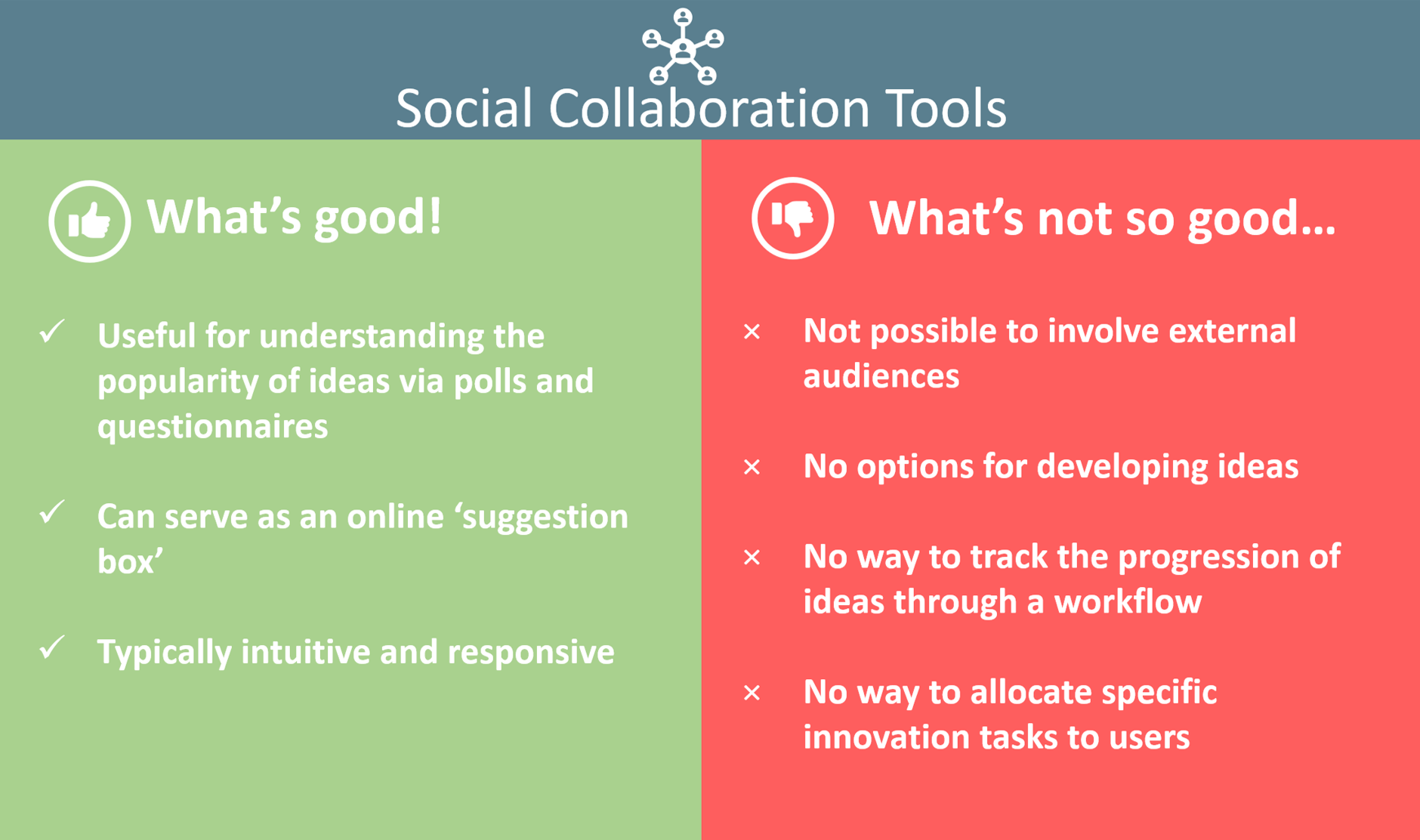
Level 3: Hackathons and Other Competitive Innovation Tactics
The most effective innovation activities often have a competitive aspect to them. Such activities can include hackathons – where participants work in teams to solve challenges in sprint sessions – or ‘Shark Tank’ style idea pitching tournaments. Incentivizing employees with prizes or the chance to see their vision realized is a great way to stimulate ideation. Innovation competitions can also foster comradery and bring out the intrapreneurial spirit of your employees. When Bill Gates was asked what advice he’d give to entrepreneurs looking to attain his level of success, he said, “Surround yourself with people who challenge you, teach you, and push you to be your best…” Competitions, if managed correctly, will create conditions where employees can push themselves, synthesize creative solutions, and become more productive contributors within your company’s innovation culture.
The time-sensitive nature of hackathons – and other competitive innovation events – can be both a strength and a weakness. On the one hand, concentrating innovation efforts to a single period of time within the year is a great way to remove the barriers that would otherwise impede output (scheduling clashes, problems imposed by distance, low engagement levels, etc).
Also, when working under time constraints, internal and external stakeholders will be forced to think creatively under pressure and contribute more ideas than they otherwise would in innovation initiatives that span weeks or months.
On the other hand, restricting innovation efforts to one time period – rather than splitting it up throughout the year – runs the risk that ideas will be limited in scope or misaligned with overarching company goals as they change.
it’s worth remembering that a truly fertile innovation ecosystem is one that can go beyond the digital sphere and bring great thinkers together in the real world. As vital as it is to connect internal and external stakeholders via an online hub, running activities in a shared physical space can help promote engagement, uncover game-changing ideas, and add a human touch to your innovation endeavours.
It’s also important to point out that, regardless of how sophisticated you make your ongoing innovation processes, hackathons and other competitive initiatives should remain part of your strategy. Combining long and short term approaches to innovation can help you gain the best possible returns.
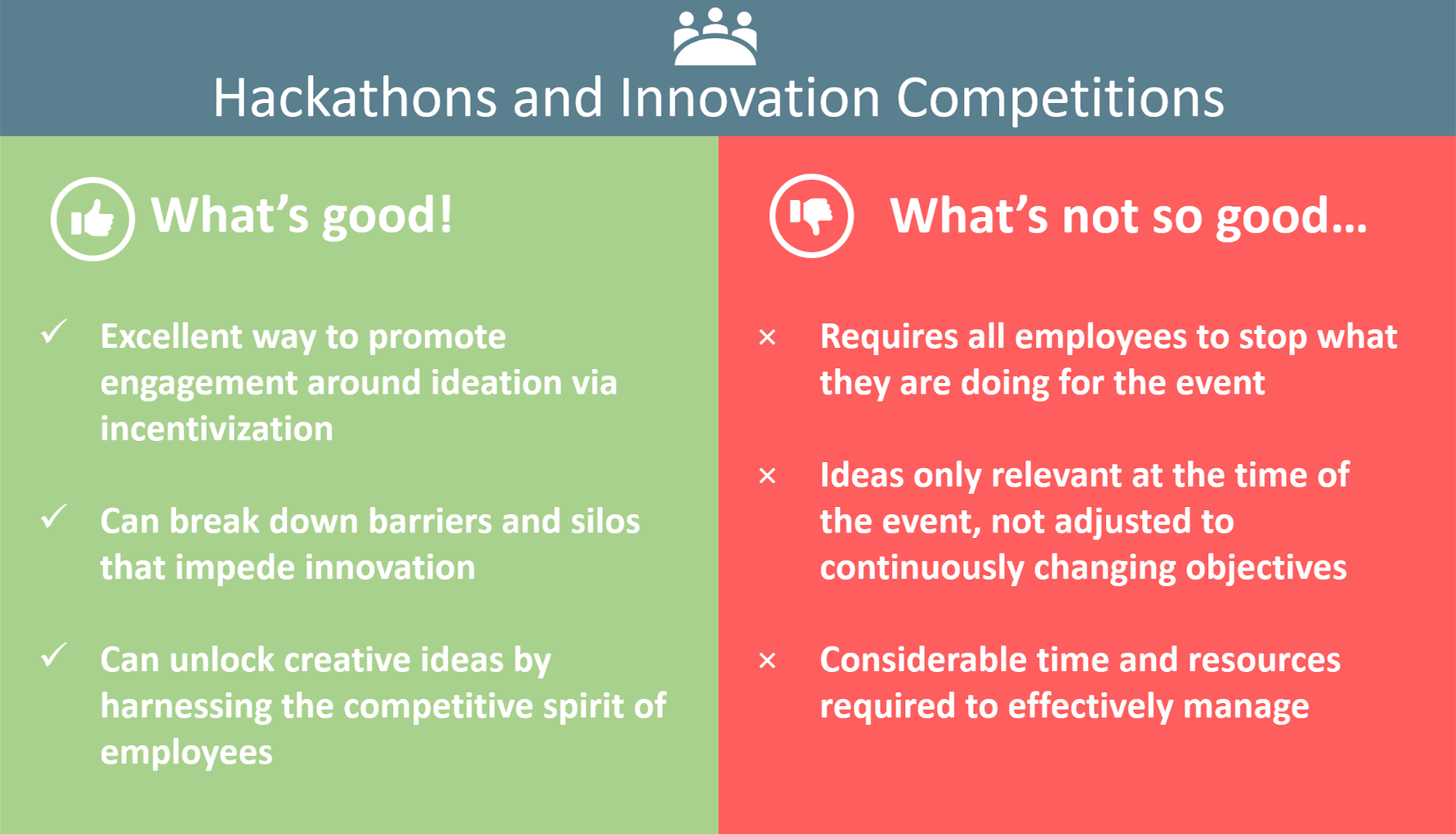
Level 4: The DIY Ideation System
The hallmark of a company at an advanced stage of innovation sophistication is one that is able to manage multiple company-wide ideation efforts from a single location. To do this, many companies opt for the DIY approach. Typically, this involves adapting a company portal to include basic collaboration and ideation functionality. Such adaptions can sometimes be achieved through add-ons and plugins -like WordPress and other content management systems. However, developers are generally needed to make the necessary adjustments.
The obvious appeal of the DIY approach is that it involves building upon what users are already familiar with. Despite this, stretching the capabilities of your existing online infrastructure to better accommodate innovation may present major difficulties, and can often prove to be more costly in the long run.
Here are just a few of the pitfalls you should be aware of:
- Excessive Time and Resource Requirements: Remember, your developers will likely need to spend a significant amount of time working on the coding of your system, ironing out bugs, and diverting resources that could more productively be used elsewhere.
- Lack of Dedicated Support: Your DIY ideation system will need ongoing maintenance and user support to be able to facilitate initiatives efficiently. Without the dedicated customer support that third-party innovation software vendors provide, you’ll need to rely on your own staff to keep your system up and running.
- Greater Risk: Even if you manage to get your DIY platform off the ground, there is a high chance that it will eventually be misaligned with your company’s innovation goals as they grow in scale and complexity. Also, if your platform lacks the sophisticated engagement capabilities afforded by innovation management software vendors – gamified features, personalized notifications, etc. – there is a higher chance that employees will eventually stop using it.
A DIY ideation system can serve as a basic way to unify company innovation efforts – a step beyond launching disconnected projects designed for short-term goals. However, it’s impossible for a DIY system to achieve the level of sophistication that dedicated innovation management vendors have built up over the last 10 years.
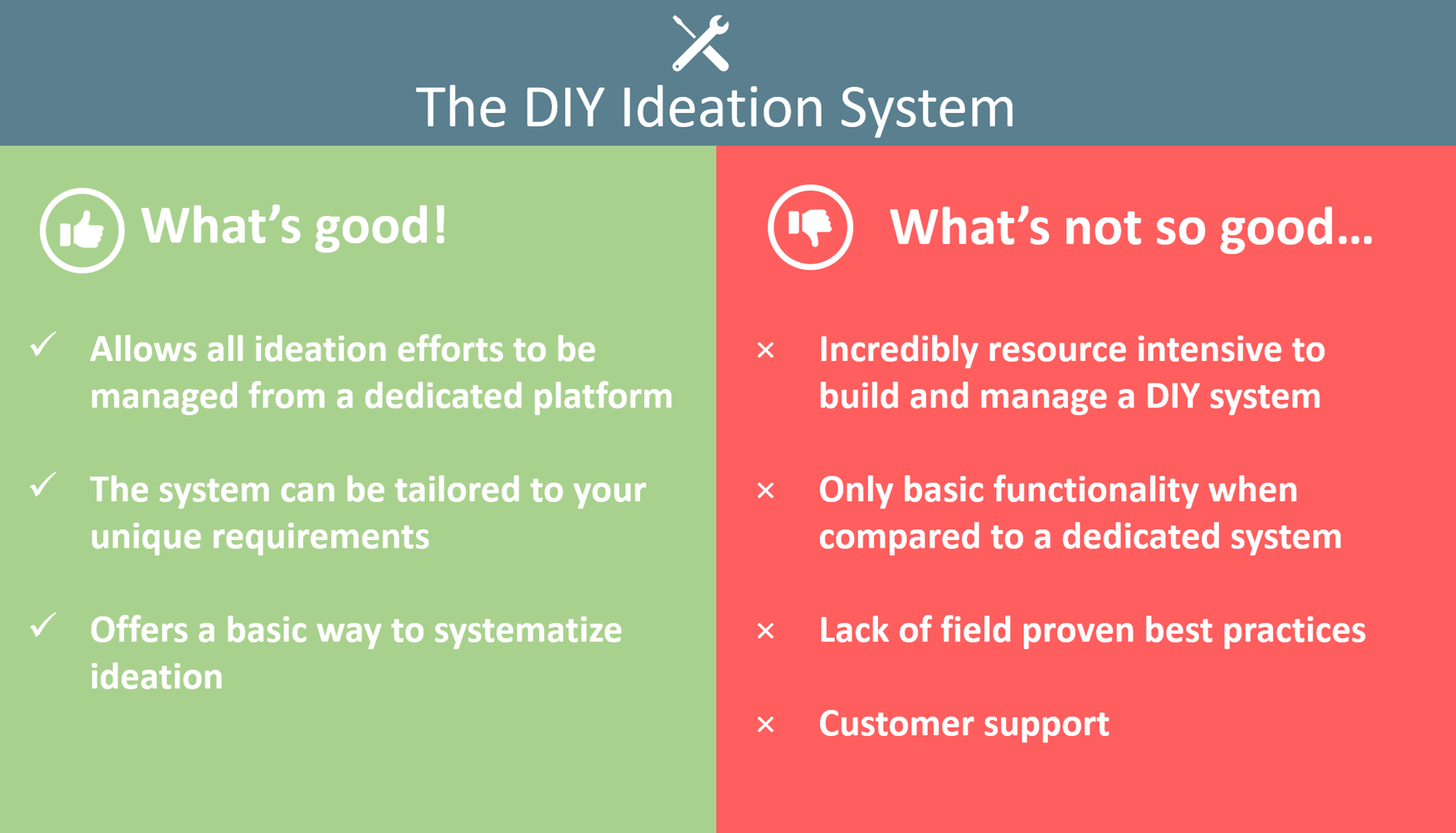
Level 5: Bringing Everything Together – Using Corporate Innovation Tools Within a Dedicated Platform
Simply put, to ensure your company is able to innovate in a way that keeps ROI high and risk low, there is no substitute for a dedicated online platform. Comparing basic ‘Level 1’ office tools to such a platform is akin to comparing a wagon wheel to a jet engine. The latter will get you to where you need to go much quicker!
The Qmarkets idea management platform makes it possible to launch a huge array of innovation initiatives, while making sure that each aligns with overarching company goals. Using the Qmarkets platform, you can:
✓ Define unique automated idea development workflows based on industry-proven best practices and tailored to your unique requirements
✓ Launch targeted innovation campaigns where users can submit their ideas, as well as comment and vote on ideas submitted by their colleagues
✓ Facilitate hackathons, idea tournaments, and other time-sensitive innovation competitions – the platform offers an array of gamified methods for incentivising user participation
✓ Launch open innovation initiatives to gain invaluable insights from customers, partners, and other external stakeholders
✓ Use a wide assortment of reporting tools to track KPIs and assess the ROI of your ongoing innovation efforts
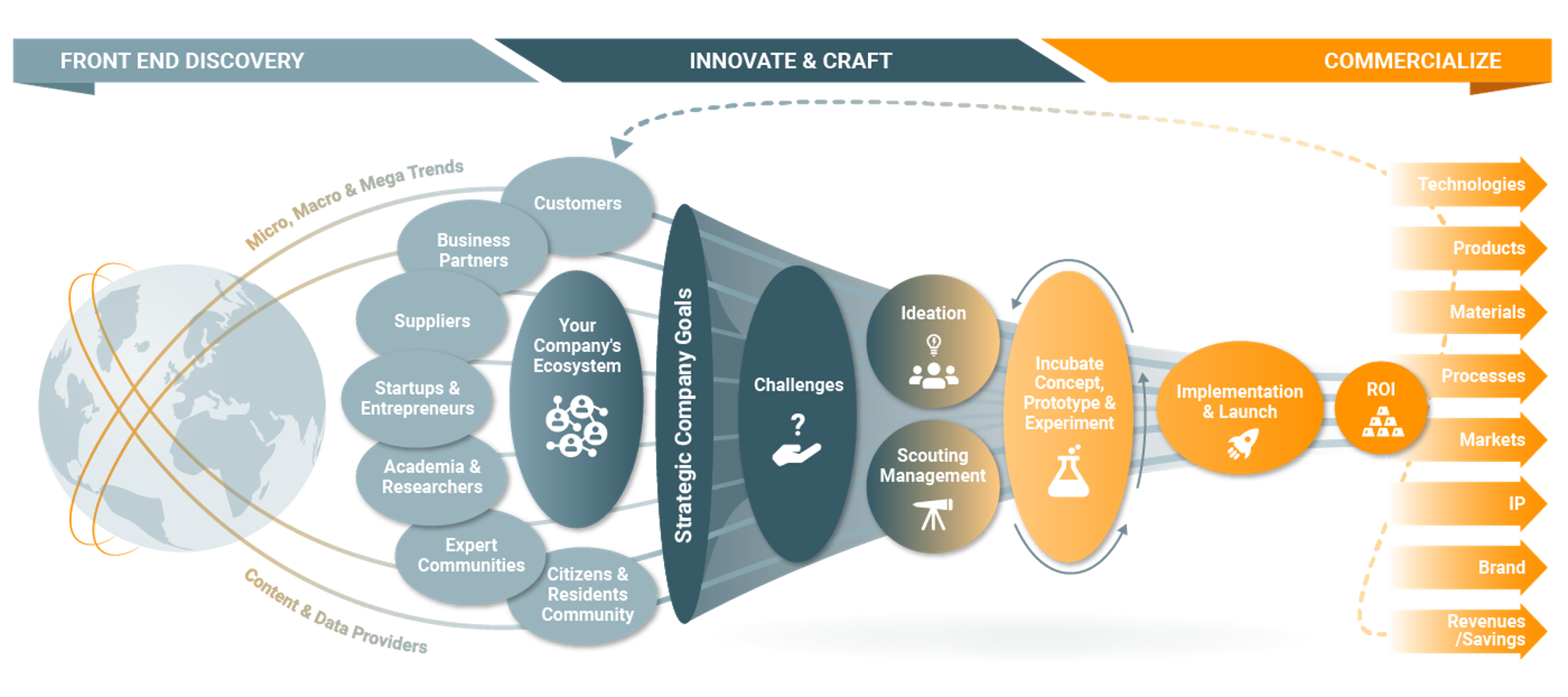
Qmarkets’ collective intelligence suite is tailored to fit seamlessly into your strategic innovation management ecosystem.
To help ensure your projects yield the best possible results, Qmarkets complements its products with a commitment to customer success. A dedicated team is available to offer support, guidance, and expertise on your innovation management journey.
Never underestimate the power of small beginnings. Whether you are taking your first tentative steps towards gathering ideas via email, planning a corporate hackathon, or building a DIY ideation system, each of these activities will reveal new and exciting ways to develop future initiatives. Like evolution, innovation is a perpetual process. With tenacity, the right tactics, and an inclusive approach, you can help your organization climb to the top of the food chain and become the apex innovator.
To discover how Qmarkets can help you leverage powerful corporate innovation tools and tactics at your enterprise, don’t hesitate to get in touch with us today!
